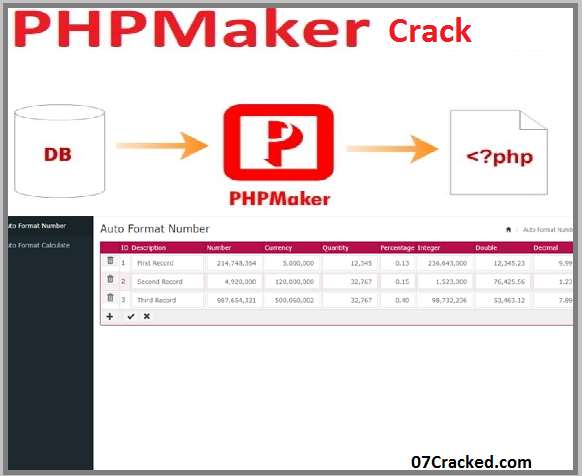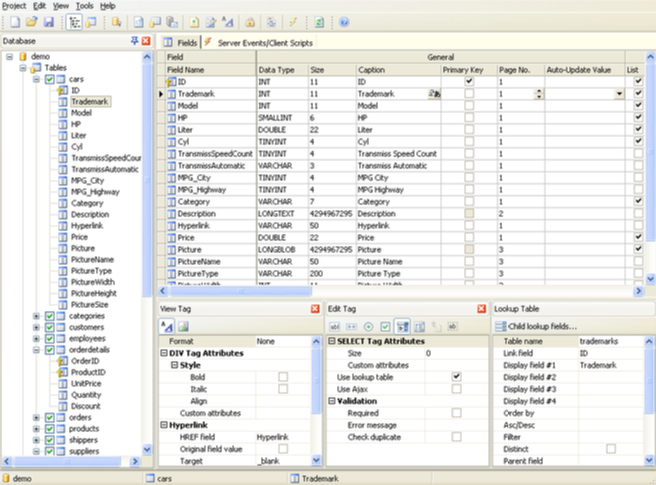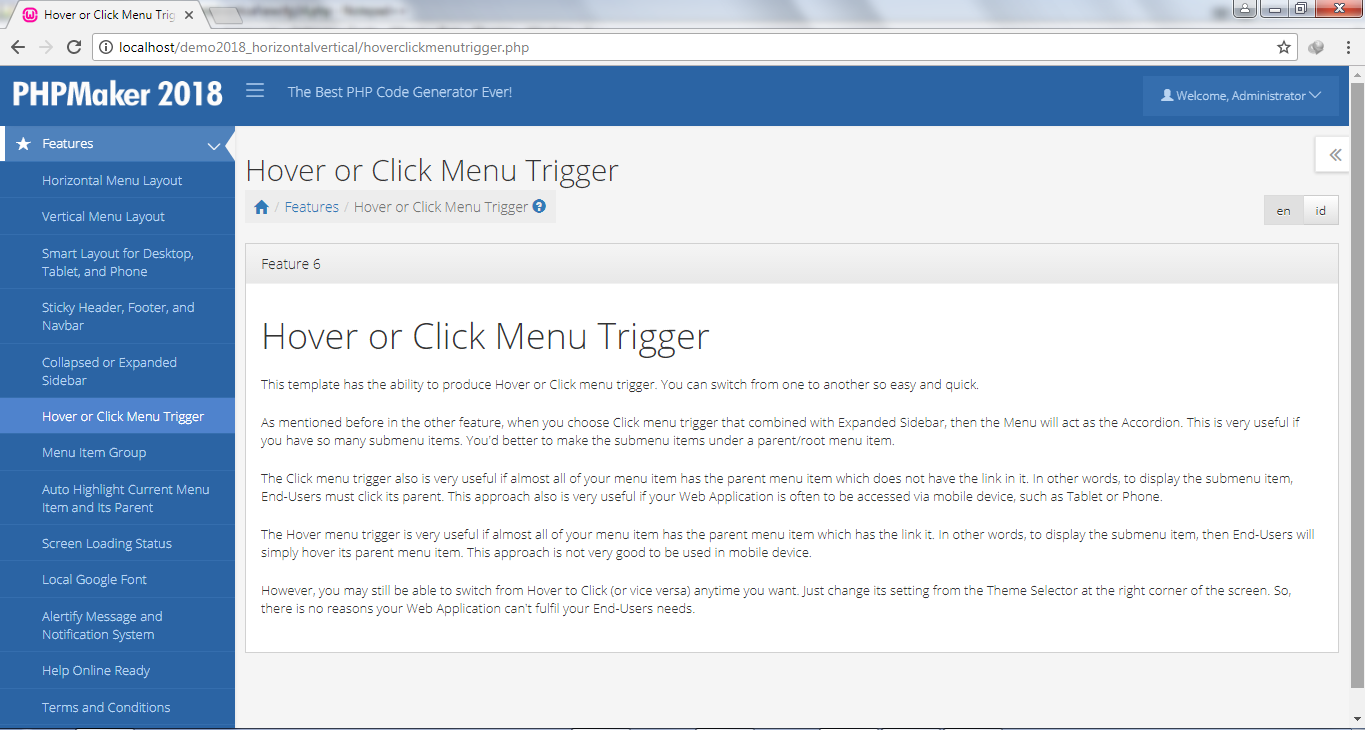
Make sure you upload this "vendor" subfolder to your site together with other generated files.Īlso read Composer for more information about configuration of local PHP processor. Note: The packages downloaded by Composer are put in the "vendor" subfolder under the destination folder of your project. Later generation will not run "composer update" again unless you enable/disable some features that require third party packages. To use Composer, please make sure that you are online during the generation process.Īfter the first generation, Composer will download all the required packages, it may take a long time, please be patient. Using PHPMaker, you can instantly create web sites that allow users to view, edit, search, add and delete records on the web. Make sure that you enable PHP CLI and install Composer, see System Requirements -> Composer for details. PHPMaker is a powerful automation tool that can generate a full set of PHP quickly from MySQL, PostgreSQL, Microsoft Access, Microsoft SQL Server and Oracle databases.

Re-Introducing Composer, the Cornerstone of Modern PHP Apps If you are not familiar with Composer, please read Introduction - Composer first. V2019 uses Composer to manage required third party packages. If you are an existing PHPMaker user (using version older than v2019), before upgrading to v2019 (or newer), please read Migrating to v2019 first.

(We assume the result of the above mentioned SQL-result is "2021" as $YEAR and "5" as $MONTHNUM) $this->YEAR2 ->Caption. So i have added the third line of code in the top section: ($MONTHNAME = ) Īnd to display the month name the code is like this: Then the caption if the "YEAR2"-column will be: "In two Years it will be the year 2023 and the month number is 5"Įxtra: In my case I had in some columns the need to display the full month name based on the month number. Then, after that, you can use the results in every column caption of your choice like this:

($MONTHNUM= ExecuteScalar ("select DISTINCT (CAST((SUBSTR(YEARANDMONTH,6,2)) AS NUMBER(4))) MONTHNUMBER from TABLE WHERE YEARANDMONTH= (SELECT MAX(YEARANDMONTH) FROM TABLE )")) Put the following code in the top of "PageLoad" event: ($YEAR = ExecuteScalar ("select DISTINCT (CAST((SUBSTR(YEARANDMONTH,0,4)) AS NUMBER(4))) YEAR FROM TABLE WHERE YEARANDMONTH = (SELECT MAX(YEARANDMONTH) FROM TABLE )"))


 0 kommentar(er)
0 kommentar(er)
